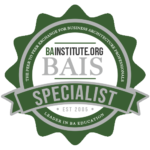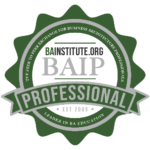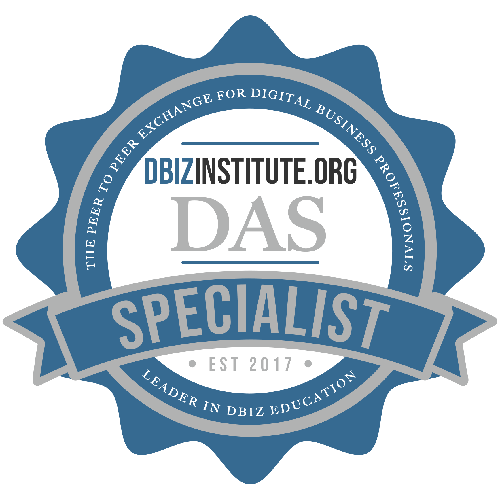Leveraging BPM+ for End-to-End Process Transparency: The Future of Operational Clarity
In today’s business landscape, where agility, accuracy, and efficiency are critical, one of the biggest challenges organizations face is maintaining end-to-end process transparency. As processes grow in complexity and span across multiple teams, systems, and geographies, it becomes increasingly difficult to have a clear, real-time view of what’s happening within each part of the business.
Achieving end-to-end transparency is vital for driving performance, compliance, and customer satisfaction. Without it, companies risk inefficiencies, bottlenecks, or even compliance violations that can slow down operations or lead to costly penalties.
This is where BPM+ emerges as a powerful solution. By combining the modeling capabilities of BPMN, DMN, and CMMN, BPM+ offers a holistic approach to process management, giving organizations the ability to model, automate, and manage every aspect of their workflows in a fully transparent, integrated system.
This article will explore how BPM+ facilitates end-to-end process transparency, why it’s critical for your organization’s success, and how BPM professionals can leverage it to improve visibility across their processes.
The Need for End-to-End Process Transparency
Whether you’re running a small business or a global enterprise, end-to-end process transparency has become essential for:
- Ensuring consistency: Without clear visibility into each step of a process, inconsistencies and variations can creep in, causing deviations that impact quality and efficiency.
- Improving decision-making: To make informed decisions, leaders need accurate, real-time information on how processes are performing. Transparency provides this vital data.
- Meeting regulatory requirements: In industries such as healthcare, finance, and manufacturing, regulatory compliance requires precise documentation of how processes are executed. Transparency ensures compliance by allowing for better auditing and reporting.
- Enhancing collaboration: When multiple teams or departments are involved in a process, transparency allows everyone to see how their contributions impact the overall workflow.
Traditional process management frameworks often struggle to provide true end-to-end visibility. Processes modeled in BPMN may define the workflow but lack insight into decision-making logic or case handling, while decision-based models (like DMN) can’t always offer visibility into real-time workflow execution.
By bringing together these key elements, BPM+ ensures that every process, decision, and case can be fully understood and tracked across the entire business.
How BPM+ Improves Process Transparency
BPM+ integrates the three essential standards for business process management—BPMN, DMN, and CMMN—into a cohesive framework, providing organizations with a powerful toolkit for achieving transparency.
Here’s how each component contributes to end-to-end visibility:
- BPMN (Business Process Model and Notation): Visualizing the Workflow
BPMN provides a visual representation of end-to-end workflows using process orchestration thus making it easier to understand, analyze, and optimize how tasks are executed across departments or systems. With BPMN, teams can see every step of a process in clear detail, allowing them to identify potential bottlenecks, redundancies, or inefficiencies.
By integrating BPMN into a BPM+ approach, organizations not only gain transparency into how workflows are structured but can also connect those workflows to automated systems, providing real-time insight into task execution.
- DMN (Decision Model and Notation): Clarifying Decision Logic
Decision-making is often one of the least transparent parts of a business process. Decisions are typically made based on a combination of rules, policies, and expertise, but tracking how and why a decision was made can be difficult.
This is where DMN shines. DMN allows organizations to model decision-making logic in a visual, structured, transparent way, making it easier to understand the reasoning behind every business decision. In a BPM+ framework, DMN models are integrated directly into workflows, allowing for seamless visibility into how decisions impact process execution.
- CMMN (Case Management Model and Notation): Managing Dynamic Processes
Not all processes are linear. Many workflows, especially in industries like healthcare or legal, involve dynamic, case-based processes that evolve over time. CMMN is designed to handle these types of processes by providing a flexible, adaptive framework for managing cases that don’t follow a strict sequence of tasks.
In a BPM+ environment, CMMN enables organizations to track the progress of complex, non-linear cases, ensuring transparency at every stage of a case’s lifecycle. By combining CMMN with BPMN and DMN, businesses gain a complete view of both structured workflows and more dynamic, case-based processes.
The Benefits of Process Transparency with BPM+
By adopting BPM+, organizations can unlock several key benefits that stem from improved process transparency:
- Increased Operational Efficiency
When every step in a process is transparent, teams can more easily spot inefficiencies, eliminate redundancies, and streamline workflows. This leads to faster, more efficient operations and improved productivity.
- Enhanced Decision-Making
Transparency enables data-driven decision-making. With BPM+, organizations have access to real-time information on process performance, allowing leaders to make better, faster decisions based on accurate data.
- Improved Accountability and Compliance
End-to-end transparency provides a clear audit trail for every workflow, decision, and case. This not only improves accountability but also makes it easier to meet regulatory requirements and pass audits.
- Better Collaboration
With greater visibility into how processes are executed, teams can work together more effectively. Transparency allows each team member to see how their work contributes to the overall process, fostering collaboration and alignment.
Implementing BPM+ for Process Transparency
For business process professionals, implementing BPM+ to achieve end-to-end transparency involves several key steps:
- Model your workflows with BPMN: Start by creating clear, visual models of your workflows using BPMN. Ensure that these models capture the entire process, from start to finish, and are integrated with real-time systems for monitoring and automation.
- Integrate decision logic with DMN: Use DMN to model the decision points in your workflows, ensuring that each decision is transparent, traceable, and based on a well-defined set of rules or data.
- Leverage CMMN for dynamic processes: If your organization deals with complex, case-based processes, use CMMN to manage these workflows. CMMN allows you to track and adapt to changes in real-time, providing transparency even in non-linear processes.
- Automate and monitor: Finally, ensure that your BPM+ models are connected to automation tools and real-time monitoring systems. This will give you the ability to track every process in real-time and make adjustments as needed.
Conclusion: BPM+ as a Catalyst for Transparency
As businesses continue to automate and optimize their processes, achieving end-to-end process transparency will be critical for maintaining efficiency, compliance, and agility. BPM+ offers a comprehensive solution that combines the power of BPMN, DMN, and CMMN to give organizations the visibility they need to succeed in today’s complex business environment.
For BPM professionals, mastering BPM+ is not just about improving technical skills—it’s about gaining the ability to drive transparency, accountability, and operational excellence across the entire business.
Learn more:
Explore the BPM+ Certificate here: https://dev.bpminstitute.org/product/bpm-specialist-code-specialist-certificate-program-bpms/
Take the BPM+ Self-Assessment here: https://dev.bpminstitute.org/qsm_quiz/bpm-skills-self-assessment-2/

















